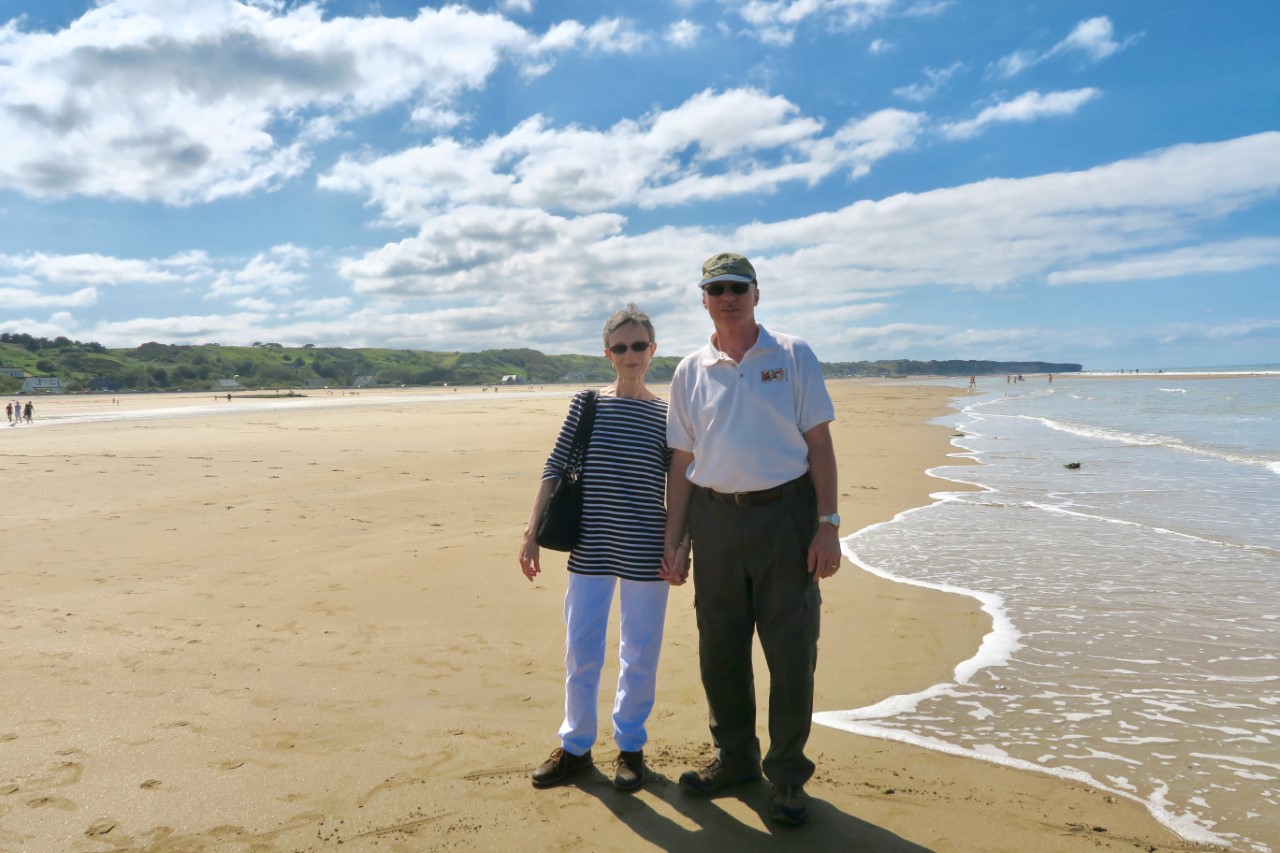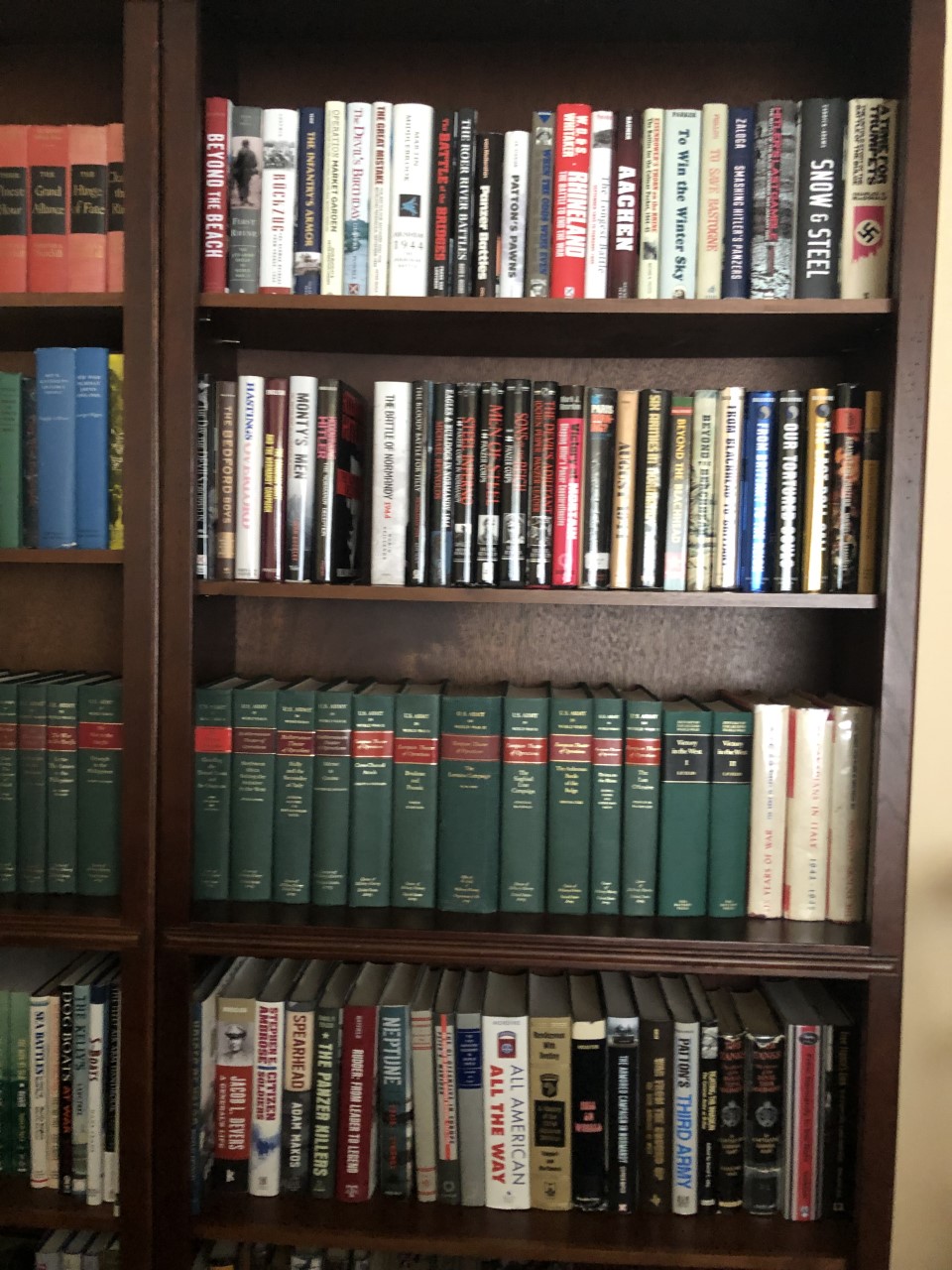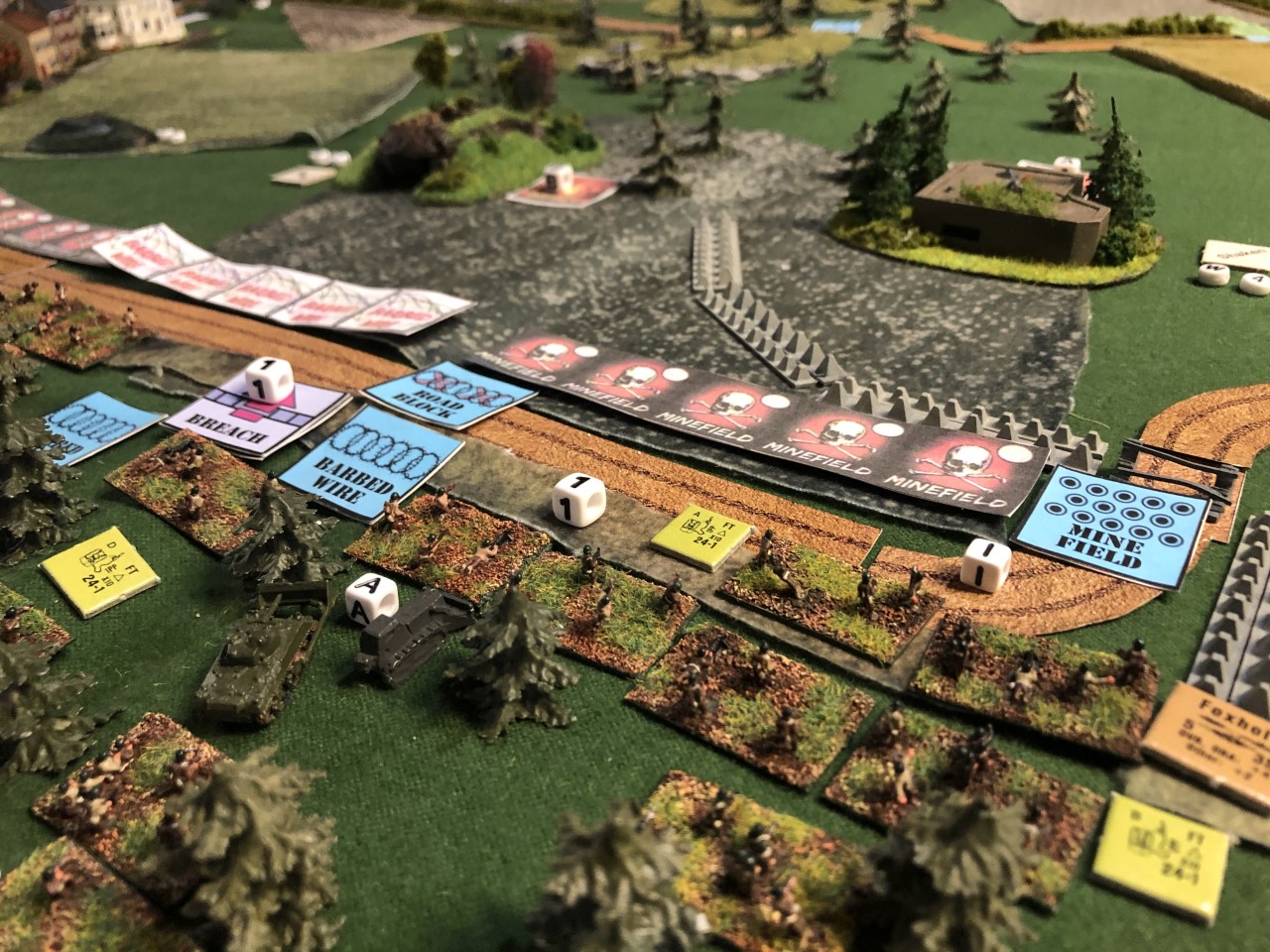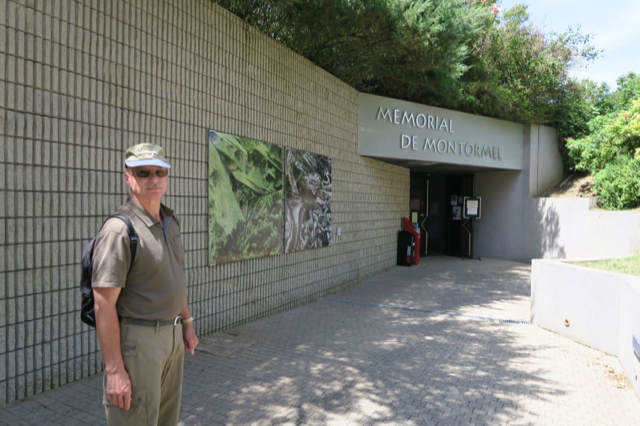About Me

Welcome to this forum on the 1944-45 campaign in the European Theater of Operations (ETO) through reading, map study, miniature wargaming, and visits to the battlefield.
My name is Jeff Subko. The Second World War has been of lifelong interest to me, particularly the Allied campaign from Normandy to and across the Rhine. Since 1999, my wife Margot and I have visited the WWII battlefields of Western Europe from the Normandy beaches to the Rhine crossing sites on sixteen trips lasting two to four weeks each. Over the years, I’ve combined reading, map study, miniature wargaming, and battlefield exploration to obtain greater understanding of and insight into these campaigns.
Right up front I want to be clear that there is no marketing aspect to this blog. I’m not selling anything; nor am I battlefield guide. My motivation in establishing this blog is sharing what I’ve learned and experienced in the course of this hobby, and learning from others with similar interests.
If you are interested in this period of history; read about it; study battlefield maps; enjoy miniature wargaming — especially solo gaming as a means of study; and have visited or want to visit these battlefields, this blog would be of interest to you. I am looking forward to a busy, interactive interactive exchange of perspectives, ideas, and experiences.
Methodology - A Synergistic Approach to to the Study of Military Operations in Western Europe, 1944-1945
At the core of the blog will be sections addressing Reading and Map Study, Miniature Wargaming, and Battlefield Visits.

Reading and Map Study
I especially enjoy detailed analytical studies of the period that address strategy, doctrine, organization, equipment, operational planning, and battlefield proficiency. Official histories, after action reports, command and general staff college studies, and field and technical manuals fascinate me. I am always on the hunt for new sources of information.

Miniature Gaming
I grew up playing Avalon Hill, S&T, and other paper map wargames ranging in scope from skirmishes to theater warfare. However, while a great introduction to military history, paper wargames were not well-suited to the study of warfare above the tactical level. Just over 20 years ago I made the move to miniature wargaming as this form provides greater opportunity for learning the science and art of warfare. I game at 6mm on a scale of 100 yards per inch on a tabletop battlefield representing an area of four by eight miles. This is sufficient area for the study of ETO battles between division-sized formations, with stands representing platoons. It doesn’t allow for the sweeping maneuvers of North Africa or the Eastern Front, but works well for the compartmented terrain of Western Europe.
Researching scenarios takes considerable time, often as much time as gaming. The ruleset I have developed over the years emphasizes the operational art and scenarios that are part of a campaign. Play starts at a specific date and time, using each side’s historical operational situation and intelligence picture, the actual weather and ground conditions, historical order of battle to include manpower and material strength, and the operational and tactical proficiencies of the commanders and formations from corps down to battalion. Off-the-battlefield events and situations that impacted the battle are taken into consideration. From this point of departure, I “command” both sides to the best of my ability and let the battle play out wherever it goes.
The closest commercial rules to my interests included “Command Decision”, “Clash of Armor”, “Spearhead”, and Kampfgruppe Commander.” In my opinion, these do a commendable job of capturing the command and operational basics of WWII combat. However, I was soon looking for a level of detail beyond these and began modifying or adding new rules. After retiring from my day job in the Department of Defense and the Navy Reserve, I had much more time to develop my own set of rules that I believe more accurately capture the feel of doctrine, operations, and tactics of the time. My rules (now 280+ pages) emphasize planning, command and control, training and experience, and morale; combine scouting, reconnaissance, and battlefield engagements to develop the intelligence picture; and have extensive artillery and engineer rules. I also have rules for combat in the Normandy hedgerows, built-up areas, and fortifications.
The biggest difference in my approach to wargaming is the extensive time required for the development of the scenarios. Developing a scenario may takes weeks of research and preparation and completing a scenario may take several months. It’s serious play and the whole approach is somewhat of a Command and General Staff College approach. I also continue to tweak my rules based on a game-informed sense on how to provide for effects closer to battlefield reality or for greater efficiency of play.

Battlefield Visits
Growing up in Chicago and Los Angeles, I didn’t have any opportunity to visit battlefields. However, two weeks after graduation from college and commissioning as an ensign, I was a Surface Warfare Officer and eventually served onboard two destroyers home-ported in Charleston, SC. During very short periods in Charleston, Newport RI and Virginia Beach, I was able to visit battlefields of the American Revolution and Civil War. After four years on active duty I transferred to the Navy Reserve and moved to Washington DC where I also had a civilian career as a staff assistant to a member of the Senate Armed Services Committee and later as a Department of Defense liaison to the US Congress. Northern VA proved to be a great place for visiting battlefields from Fort Ticonderoga NY to Ninety-Six in SC. While escorting a Senate delegation to the Pacific, I visited my first WWII battlefields: Pearl Harbor, Guam, Manila, Clark Field, Bataan, and Corregidor.
My wife Margot is also interested in history, particularly that of France, and as we progressed in our careers we found ourselves able to afford overseas travel and take more time in doing so. We enjoy planning trip itineraries, selecting places to stay, and identifying other sites of interest beyond the battlefields — that’s half the fun of travel. We have been to most of the 1944-45 (and 1940) battlefields except for the Ardennes and Alsace — both postponed due to covid.
In addition to making use of published battlefield guidebooks, I map out and develop battlefield tours that are often longer and more detailed than those in the published references. I’ve learned important lessons in planning and undertaking battlefield visits and would be happy to share those so that others can make the most of their limited time in their travels.
Thanks for Reading This!
I hope that my interest in this period of history and enthusiasm for serious study of it through reading, map study, miniature wargaming, and battlefield visits is contagious. I look forward to making frequent postings and hearing from you.